The Ricoh GR Tokyo Style by Colin Steel
See Colin’s Site HERE
Wow, my mind is a whizz just now with all of the exciting new cameras that are being hyped and launched at us in a seemingly endless stream of intense campaigning by all of the big manufacturers, incredible times and I must say I really enjoy looking at all of the shiny new stuff. One of the less highly hyped cameras of recent times that seems to be quietly slipping into the background though as it is eclipsed by the exciting FF, M43 and retro Nikon’s is the good old Ricoh GR. I wrote briefly about it in a recent post from a trip to Brazil where I used it in a limited way but began to respect its small size and easy handling. Last weekend I had the opportunity to make a short weekend trip to Tokyo and I decided to take the little fellow as my only camera as I thought it would be perfectly suited to city shooting on the streets of Tokyo.
Given that I had only three days in Tokyo I wanted to treat it casually and just enjoy the gorgeous Autumn weather and light, and to catch up with a few friends including the amazing Bellamy Hunt (Japan Camera Hunter) who is the font of knowledge on all things film camera in Tokyo. Before I left for the trip I happened to be having dinner with a few friends in Singapore, one of whom also happened to have the GR and while we were messing around Kevin Y Lee (founder of Invisible Photographer Asia) who is a smashing photographer and very knowledgable camera dude pointed out the High Contrast B&W effect preset and laughingly called it ‘Daido mode’ after the style of the revered Tokyo based photographer Daido Moriyama who also happened to be a Ricoh user. Well, like most serious photographers I am usually totally dismissive of in-camera effects and normally don’t even bother to look at them. We continued to mess around with the setting and against my ingrained bias, I had to admit that the effect was pretty cool for certain subjects and I decided to give it a try for a bit of fun while shooting in Tokyo over the weekend with of course the camera RAW files for my more normal stuff.
With the little GR set up to shoot RAW + jpg and in the B&W high contrast (Daido mode 🙂 ) my buddy Jay and I decided to try to stay out for 24 hours and shoot what ever came our way while wandering around Akihabara, Shibuya and Shinjuku. As any photographer who has been there will know Tokyo is a delight for just wandering and shooting as you go and the more discreet your camera the better and I don’t think its any coincidence that the film GR was Moriyama’s tool of choice. Where the modern GR scored big time for me was with the snap focus function, which as I mentioned before, I have programmed onto the function button on the side of the camera and I usually leave it set on 1.5 metres which works well for me most of the time.
As I said, the use of in-camera effects is usually frowned on by serious photographers and I think for very good reason. However, as I found out, they can be fun if applied appropriately and sympathetically to the shooting context. I thought it might be worth mentioning what I personally consider the pros and cons of this kind of effect. Firstly, I don’t think this particular effect is overly extreme and indeed many great photographers (particularly Japanese) develop, process and/or edit their shots in this way because of the visual impact that it can achieve and from that point of view is a fast and simple way to get that look. Secondly, I very much like the consistency factor that using the strong B&W effect gives and that goes a long way to creating a mood and rhythm to your set or portfolio. Finally, I like to see my shots in-camera and as I am shooting in as close a form to the finished article as possible and I normally have my Fuji’s set up for square and B&W with a yellow filter so that I can see how the light is behaving and how the shots are looking as I take them and when I review them. With the GR I have a small Lumix optical VF that I picked up cheap but I still predominately use the rear screen to frame and shoot. It’s a style that I liken to a gigantic rangefinder and I have come to like it so it makes sense to see the shots on the screen in as close a representation of how you want them to finally look.
I think the downsides of using effects are pretty obvious. There is a real danger that the shots become cliched (as happened to me with a couple of these..) and that the pre-set becomes dominant at the expense of creating proper emotional effect or mood. On initial viewing some shots can appear very attractive but that can sometimes wear off very quickly after looking at a few shots if the subject matter, light, form and content is not good and the overall effect becomes tiresome.
Going back to the GR as a camera for a moment, I don’t want this short, fun article to detract from the enormous capability of this tiny titan. I managed to stroll around Tokyo for hours on end without carrying any bags or other encumberancies with this little gem on a wrist strap. It goes without saying that the longer you walk and venture around a city like Tokyo then the more you increase your chances of finding interesting situations and material and, along with some good light footwear I can think of no better photographic tool for city shooting.
I don’t think there is room in this short post to show enough of the set I created (40 shots) in order to build the full mood and feel that I was trying for but I hope the benefit point I made about consistency begins to emerge at least in a limited way. I haven’t had a chance yet to look at the RAW files from the three days but am keen to do so to see what else is in there as I think the strong contrast obscured some detail that may be interesting.
At risk of stating the blindingly obvious, this kind of effect works best on simply sturctured subjects and frames and you need to be very careful that you don’t start to miss important shots and details because your screen is showing you a mass of pure blacks and whites with very little real tonal detail.
Finally on the in camera effect front, I did out of interest try one other mode that my friends had mentioned and it delivered a shot that I like very much and for me captures a little of the essence of Tokyo’s Ginza shopping district. The effect is called positive film look I think and clearly it emulates a nice slide film appearance. To be honest I don’t think I will use these again in any seriousness as I like the output from the camera as it is and I think these effects can make you lazy in your shooting style. Having said that, I can’t deny the fun I had with the ‘Daido look’ setting and it contributed to a fantastic, fun weekend in this endlessly interesting city.
Well, thats it for this brief bit of fun shooting. I mentioned at the start all of the amazing cameras that are coming our way and, as I said, I am as big an addict as anyone for cameras however, I think its a shame that less well marketed or hyped cameras like the GR will quickly be lost in the stampede, don’t be seduced by the marketing spin, I never buy a camera until I have held it in my hands and got a sense for its responsiveness to the way I work. That is much more important in my book than the sensor size, resolution or tricky features.
Incidentally for any photo book fans visiting Tokyo, the area around Jinbocho station is a treasure trove of used bookshops most of which have photography sections and I picked up a lovely cheap copy of Tarkovsky’s polariods which I can’t put down. Happy hunting if you get a chance to go there.
As ever, safe travels and happy shooting.
Colin

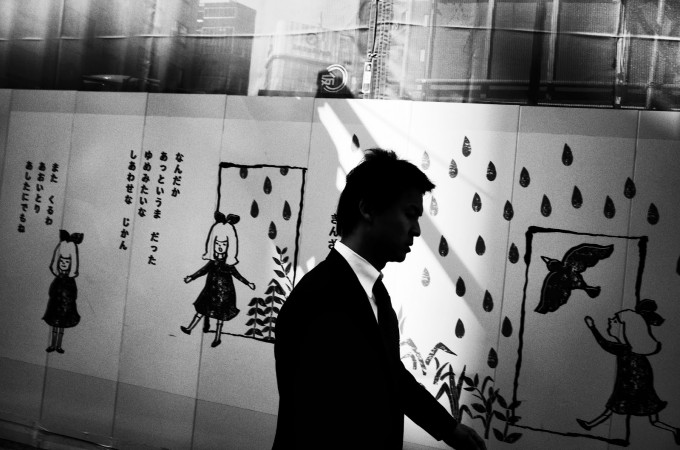
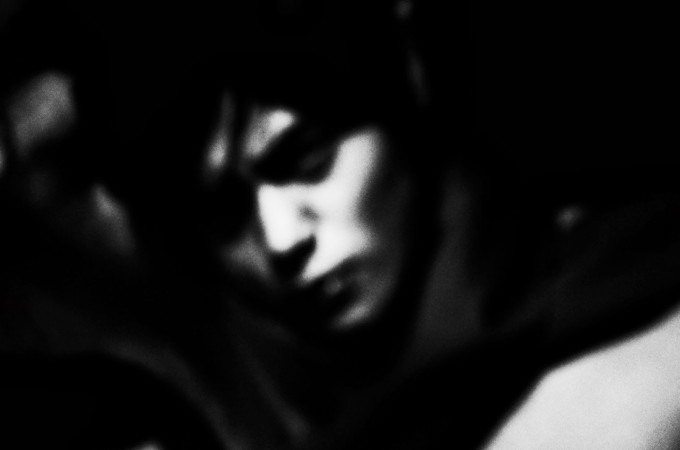
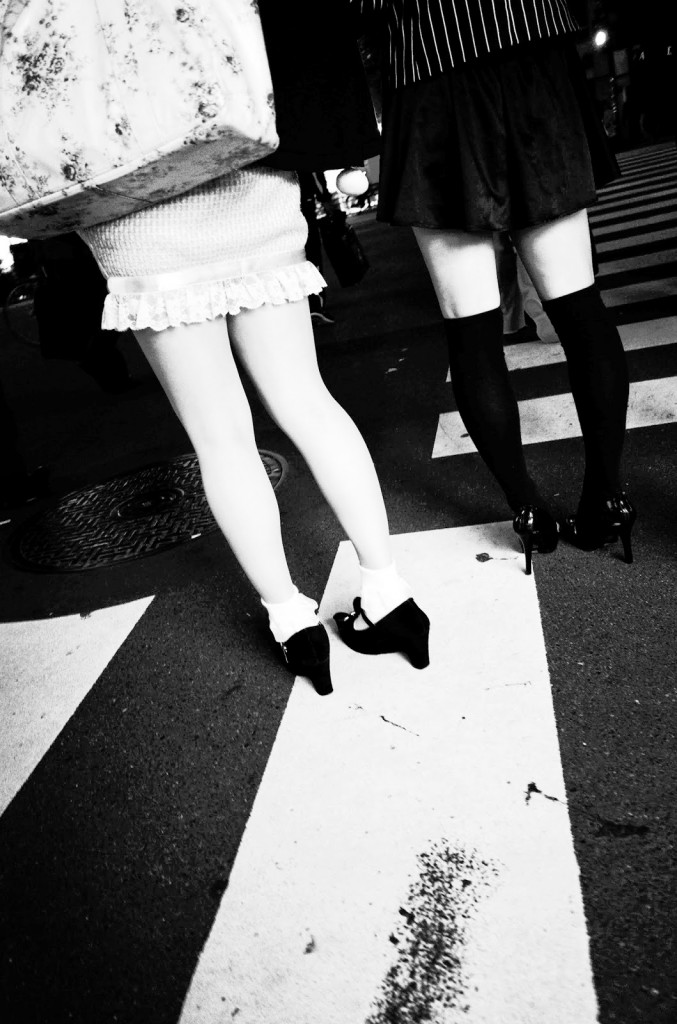
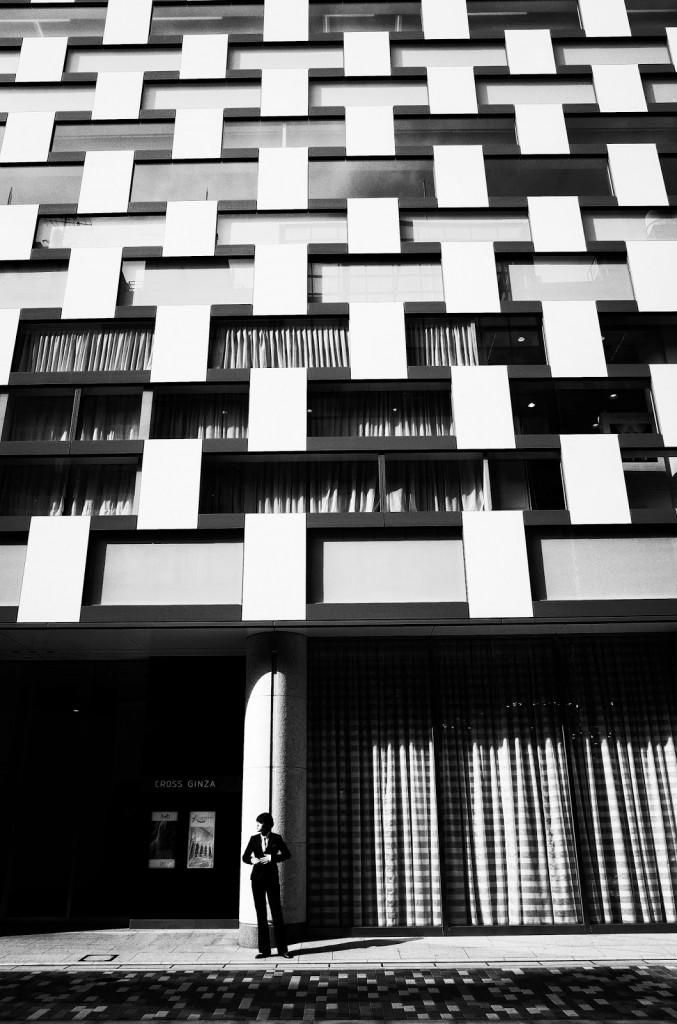
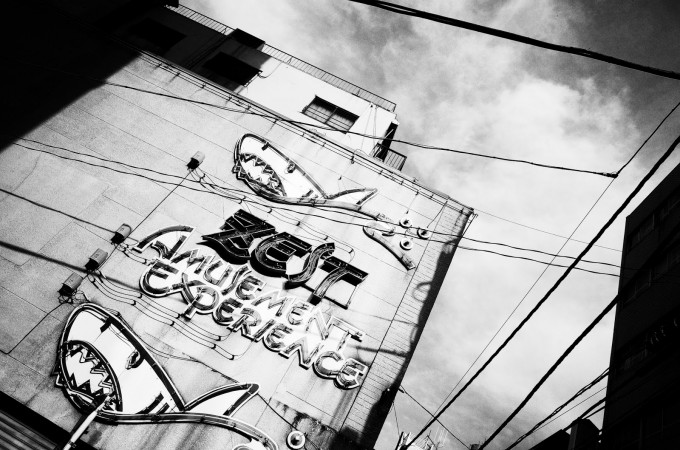
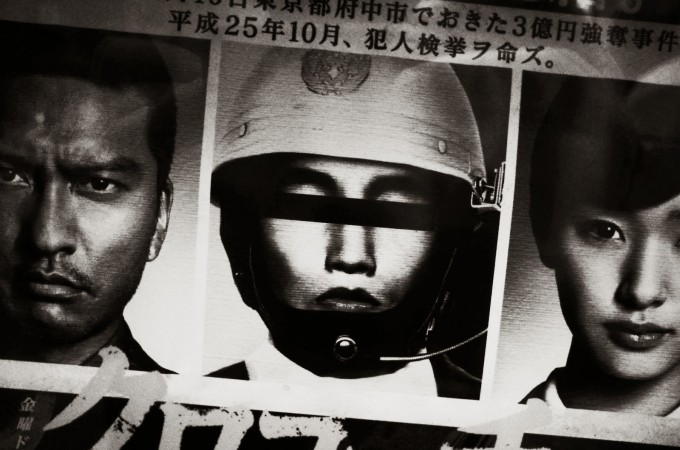
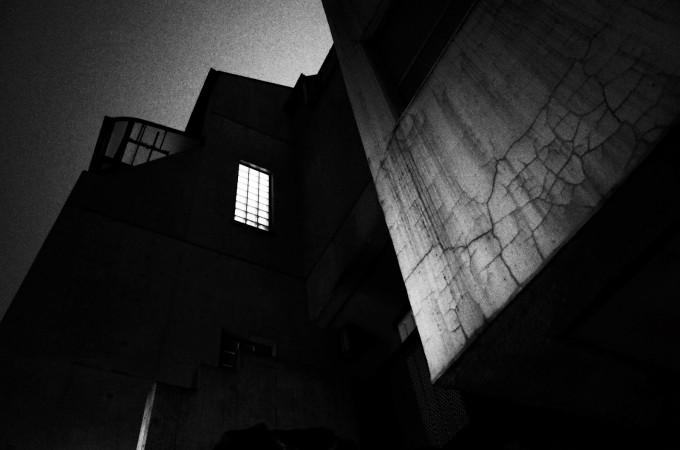
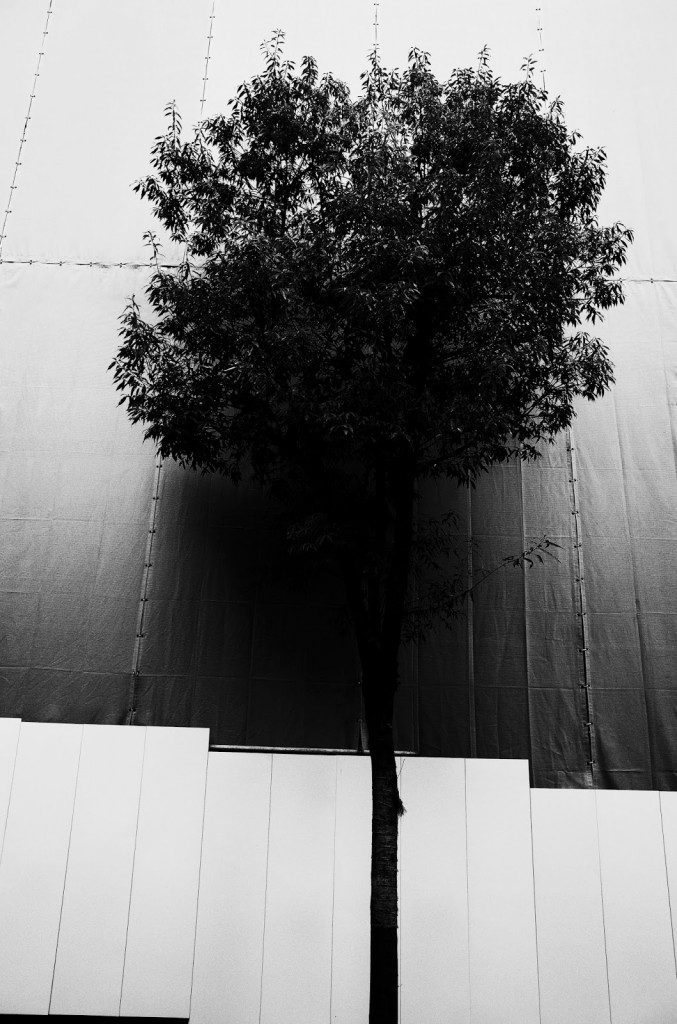
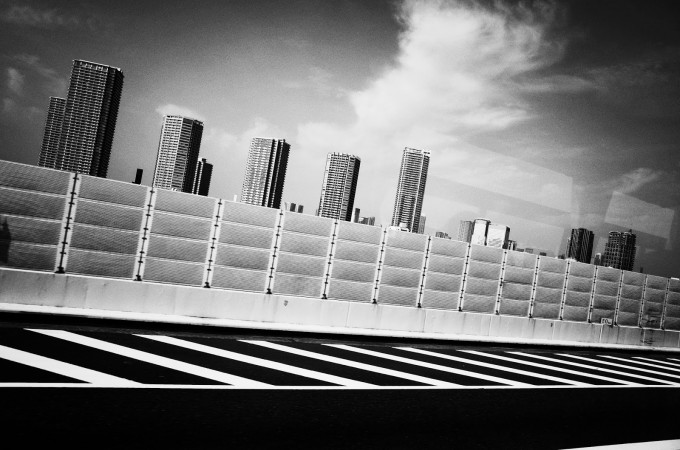
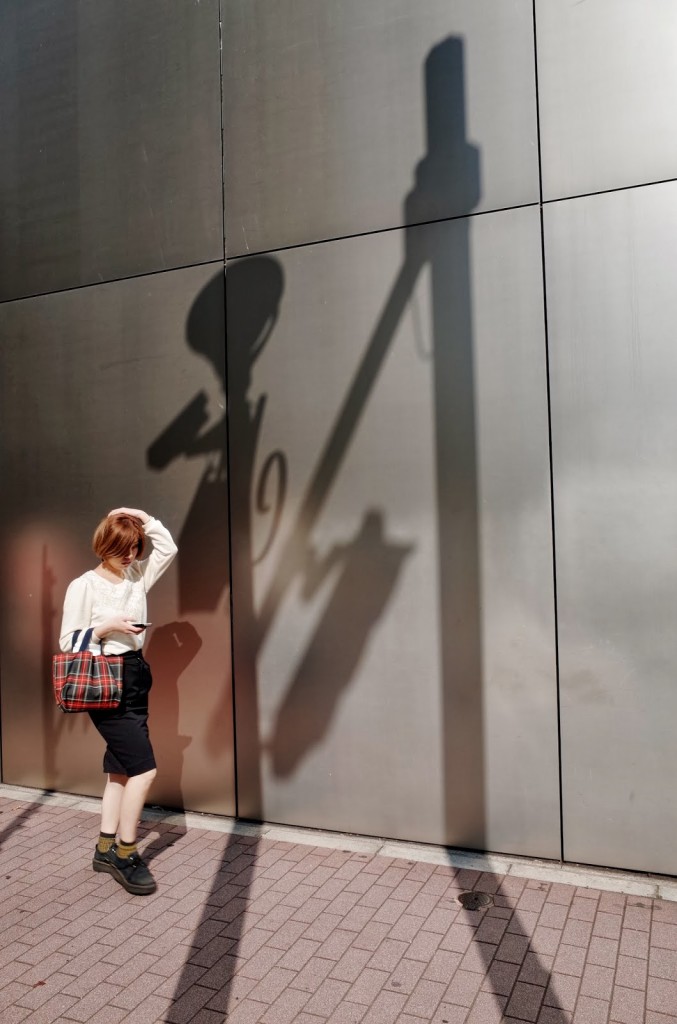


I love these images. Remind me so much of Moriyama.
Artistic Photoworks! Can not say more….
When I visited Tokyo recently, there were signs up warning of people taking unwelcome pictures of those in short skirts. Now I see why.
Really excellent composition. I’m envious. You give the camera a lot of credit. I bet you would come up with something great using any decent camera. If this one helped a bit, all the better.
I wish these were just a bit more contrasty. 😉
Great photos.
Wonderful. Love your photos. Yes, the GR is a great camera. I always carry it with me.
Anyone who is familiar with my posts (on the site) is aware i give appreciation sparingly.
Frequently I am critical of “over praise” that is often given by many.
However this time I will say your website http://phototravelasia.blogspot.sg/ has super street photogrpahs.
😉 Praise only where you find it’s due. And in this case I find the use of a preset filter (which I usually abhor) really appropriate. I probably could achieve approximately the same effect using my RTS with 2.8/35 Distagon (had it with me today), loaded with Tri-X rated at 800, developed in HC110 for a bit of contrast?
Bravo Colin ! Excellent photos and use of the GR.
It’s a hell of a camera. The ergonomics ARE perfect.
I really love the experiment Colin, it made me look a bit closer at the GR. Alas, no viewfinder. A Coolpix A (more or less similar) has an optional viewfinder. Mmm.
How did you use the AF on the GR? Maybe focus wasn’t all that important for tuhese images. I like them, although the last one, being in colour, sort of doesn’t belong there, imho…
Hey Mike, I either used the autofocus centre point or the snap focus which I vary but usually have in the close range 1 to 1.5 M for quick shots which only applies to the first shot here and the colour one. the snap focus works in parallel with autofocus and is activated by pressing the shutter straight down. I had no problems with AF or focusing as the light was mostly ok. Thanks for looking and you are right about the colour shot but I added it to show that there are other usable presets if you are trying them out.
Thanks for the reply Colin!
The GR also has an optional VF. It’s half the price of the Nikon’s …
Dave is absolutely right Mike about the viewfinder and I also wanted to add that I bought a used Lumix OVF that was originally designed I think for an LX3 or something for SGD 50. The interesting thing is that although Lumix say 24mm on the VF, it actually frames perfectly on the GR’s 28mm equivalent focal length. The only challenge is that you have to trust the focus as obviously there is no info in the VF other than the framing lines. I have never found this a problem but I tend to shoot at smaller apertures.
Hi Colin,
Great photos! I just wanted to ask whether you know the model number of the LUMIX OVF viewfinder. I’m interested in getting one for my GRD IV. Thanks in advance!
Cheers
Just checked out your site Colin… Your travel photos are incredible! The tonality you get out of the GR very impressive.
Very classy shots! Very arty and slick!
BUT why does it take a Ricoh GR to do this? An iPhone would’ve been just as successful.
but i suppose the handling of the GR here is key. i retract my comment above.
Seems you really had fun there! No 2&7 I especially like.
And you got these polaroids..Nostalghia..impressed me forever.
Hi Colin, thanks for reminding folks that sometimes limiting your access to a subset of all the imaging technology available these days can help you to develop as a photographer. It seems to be a very different challenge than picking through tons of raw files and post-processing to get the look that you decide you want after the capture.
There are so many great cameras, with amazing flexibility, and such powerful image manipulation software out there, that sometimes just framing ypur thoughts consistently while shooting is tough.
Personally, I liked the last photo – with the positive film treatment – it did keep me coming back to look at it to figure out what it was that I subconsciously found attractive about it.
I’ve only had a GR for a couple weeks, but I am also bonding very well with mine. It’s not going to replace my EM5, but as an always ready to go wide angle snapshot machine that fits in my pocket, and is capable of top quality image capture, it fills a really huge gap that I didn’t know was important to me until I started shooting with it.
Any thoughts on the GR’s raw aspect ratio and 28/35/47mm equivalent sensor crop options?
It took me a while to realize that this is much different than just cropping post capture, since everything including metering and focus point selection is affected. It is not the same as having different lenses attached, but definitely another thing that Ricoh really did right.
Good post, thanks for sharing!
Colin wrote:
“e, don’t be seduced by the marketing spin, I never buy a camera until I have held it in my hands and got a sense for its responsiveness to the way I work. That is much more important in my book than the sensor size, resolution or tricky features.”
Excellent advice. I cancelled my pre-order for the sony a7r and the nikon Df a couple of days ago after coming to this realization myself– plus it’s been a hassle selling my old gear on ebay.
Not a single one of your photos made me stop and keep looking. Neither did they, as a group, make me reflect. I guess this style does not click with me. Please accept my comments as a personal opinion and not those of an art critic!
Great photos! Tokyo is lots of fun, yes? Black and white, yeah – when I started shooting we used it a lot because it was the only format we could afford – now it’s a preset or “filter” on practically every digital camera. That is pretty cool. Is there anything more fun than photography 🙂
The end justifies the means….. Nice work with the GR
Tremendous and inspirational work – all are great but image 4 is particularly special.
Channeling Daido Moriyama? When the photographs are this good – who cares if somebody else ‘owns’ the style! This is a great example of a technique being used in a way that suits the subject matter rather than for the sake of it. I like all the images but I think the second to last, with it’s off kilter horizon and tilted buildings being mirrored by the crash barriers and road markings is the best – genuinely unsettling. I have a GR2 which has a mark on the sensor (I was quoted an eye-watering $250 equivalent to clean it…) and was wondering what to do with it. Having seen your work, I think I might set it permanently to B&W now and use it as my Daido-cam!
Hi Colin, I`ve really enjoyed your words and pics. Indeed, High Contrast mode can give lots of fun. In combination with short distance, so easy with GR, effects can be stunning.
Fully agree with your comments on positive film mode, it really deilvers.
Thanks for sharing!
Very beautiful pictures, Colin. All of them. But I specially love the second one, the “Hazy Lady”. That’s one I’d print and hang up.
BTW, you have a great website. Also your colorwork really shines! Thanks for publishing.
Agree dirk. Small cameras and setting them up for b&w really works for street style work. and the hazy lady reminds me of the kind of results you used to get from pushing film
Oh, the “Daido effect” … I don’t own the Ricoh GR, but bought a cheap, original Pentax Q to experiment with my father’s old lenses from long gone East Germany, as the small sensor combined with these “full frame” film lenses should be nice for very long tele shots as well as for macro photography. I received the camera some time before the adapter for the old lenses though, so I went out and used the camera with the Q normal prime lens that came with it instead. I soon discovered its contrasty black and white mode, took a few photos and fell in love with it. What won me over was a photo of my dog – just a quick early shot, but my favorite dog shot in years. My dog is almost completely black, which makes taking a nice photograph of him rather difficult for me. You could think that the contrasty black and white mode makes this even worse, turning the dog into a smooth black blob. This can happen indeed. However, using the exposure compensation there comes a point where the effect’s separation of light and dark happens exactly at the right spot to emphasize the subtle detail in the subject, i.e. my dog’s fur.
To make a long story short: You can lose detail with the “Daido look”, but you can also use it to bring out subtle details that would be overlooked otherwise.
Thanks for the article and photos, Colin. I’ve tried to write this comment on your blog twice, but somehow it didn’t work for me.
cool shots! the contrast really draws one to look. why do you thinknjapanese photographers in particular went for this look?
It looks like anime (manga)
Hi Colin, it’s interesting how that notion of letting go of all the gear trauma and just “looking” can be so refreshing. I think your Daido experiment worked a treat, I really enjoyed your words and images.
Might have to go for a gazing stroll with the x100 this afternoon.
Truly a proper tech to wear the streets. It seems to me that your imagery really reflects the “life in a city”
Great shots and an excellent write up about this outstanding camera. I have too much gear and when I plan a trip I waste too much time in overthinking what to take with me. However, no matter what makes it into the bag the GR is always in my jacket pocket or small belt pouch.
I really like the out of focus head shot. Wandering around Shinjuku is one of my favorite things to do too. My little V2 with a couple of lenses keeps things light while still giving me some versatility.
I dig the one of the building with the lit window and cracked concrete. Sweet.
Great shots, in particular the last color shot.
High contrast BW is a great setting and I use it all the time. I love it. Yes, it was designed to emulate Moriyama’s look, and I find that to be a fine thing.
No shame in using in-camera effects settings on this camera; the final images it produces can be wonderful.
While it is true that post processing RAW will *in general* produce best looking final output, the in camera processing of this camera is actually very very good and nothing to worry about. I also find the in camera image processing of the Fujifilm X100s to be absolutely wonderful.
If you can let the camera do the processing, then you have more time to shoot and enjoy! Granted, the in camera processing must be high quality and that is a rare, rare thing. Take advantage of it when you find it.
Loooved your photos, the one with the city line and rail track(?) is amazing, and the last colour picture is anther favourite where you show off your sense of image opportunity and timing. Thanks!
I don’t think that’s rail tracks. I think that’s the white markings for exits on a motorway. I think the picture was taken on a moving car (obviously he wasn’t driving!).